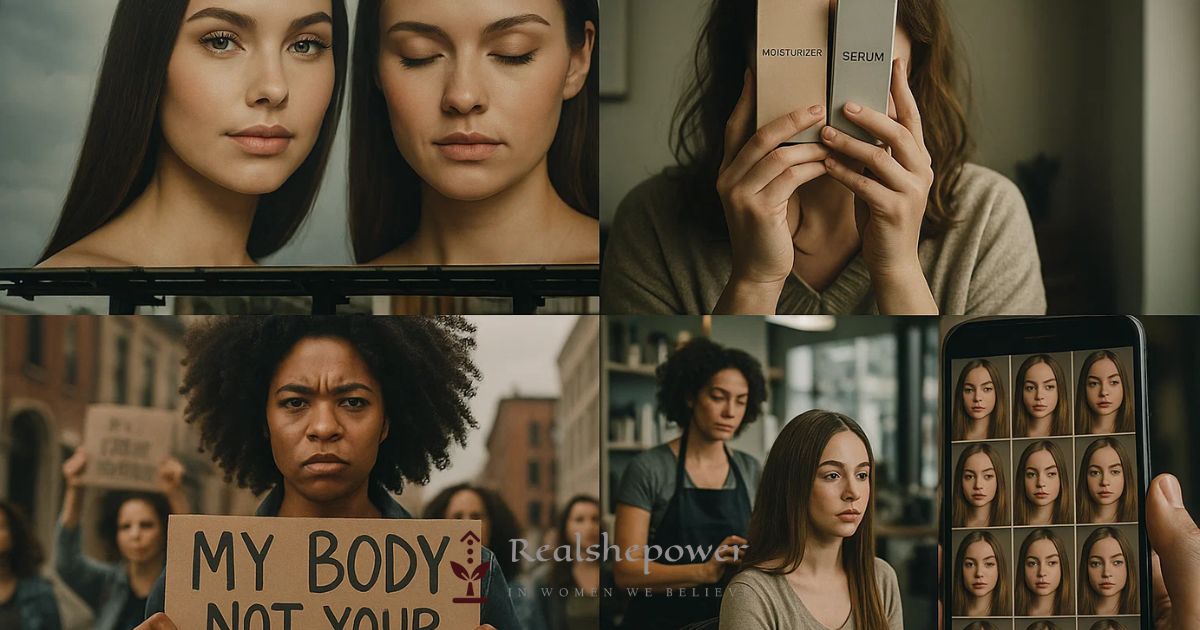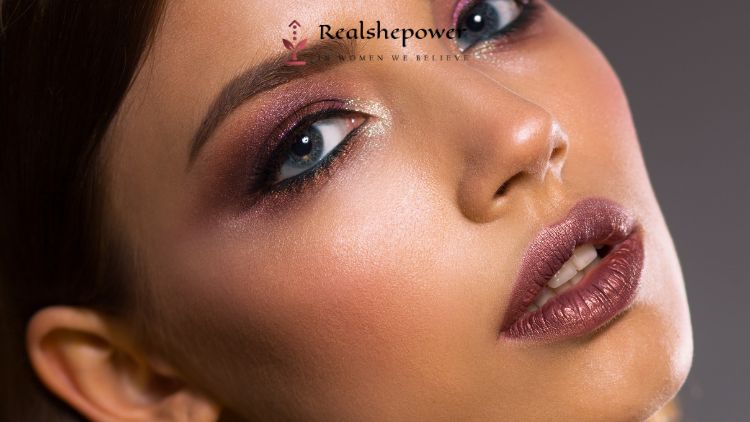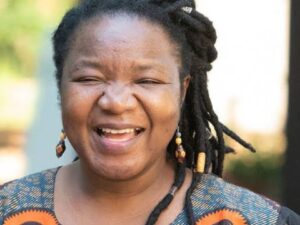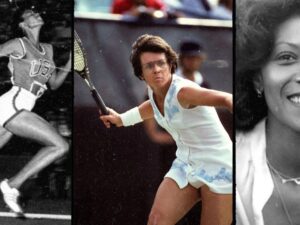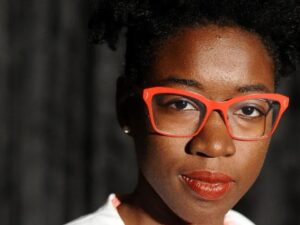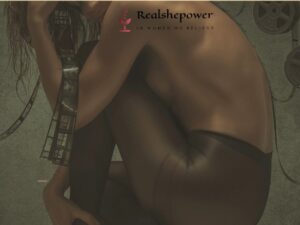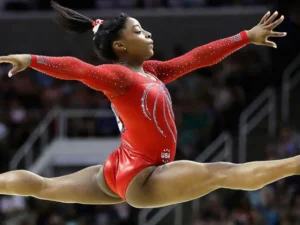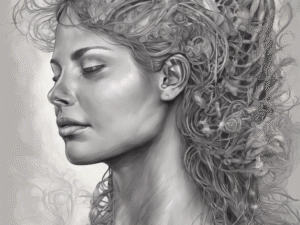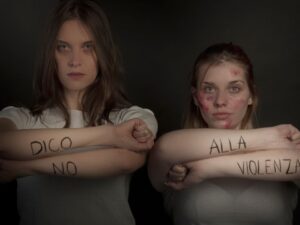For most of human history, beauty has been celebrated as a form of self-expression, creativity, and cultural identity. But somewhere along the way, beauty stopped being just about adornment and became a tool of control — a set of rigid, often unattainable standards used to dictate how women live, what they value, and even how they are valued.
This is not harmless vanity culture. This is a system where beauty ideals are weaponized to maintain social hierarchies, profit from insecurity, and keep women distracted from their power. These standards are not static; they shift over time and geography, often reinforcing classism, racism, and sexism.
It’s time to dismantle the myth that beauty is always about choice. When the choice is shaped by fear of judgment, economic survival, or the threat of social exclusion, it’s not really a choice at all — it’s compliance.
Recommended Read
1. The Economic Machinery Behind Beauty Standards
Beauty standards are not simply cultural quirks; they are the backbone of a multi-trillion-dollar industry. The global beauty and personal care market was valued at over $500 billion in 2023, with projections pushing it past $700 billion in the next decade. This growth is not driven by human necessity, but by carefully manufactured desire.
Cosmetic brands, fashion houses, weight-loss companies, and aesthetic clinics thrive on the same model: convince women they are not enough, and then sell them the “fix.” The introduction of high-definition cameras pushed the sale of high-coverage makeup. The rise of filtered selfies created an explosion in demand for injectables like Botox and dermal fillers. Even wellness — marketed as “self-care” — is often just beauty culture in disguise, promoting expensive skincare regimens, detoxes, and “body sculpting” treatments under the banner of health.
Example: The “Zoom Boom” during the pandemic saw a 40% increase in demand for cosmetic surgery in the United States, as people scrutinized their faces on video calls. This wasn’t organic self-improvement — it was the result of marketing and media constantly reminding us that our natural appearance on a webcam was not “good enough.”
2. The Gendered Double Standard
Men experience appearance-related pressures, but for women, beauty standards are deeply tied to worth, credibility, and even survival. Research consistently shows that women perceived as conventionally attractive are more likely to be hired, promoted, and paid higher salaries — but only if their beauty conforms to prevailing norms. Step outside that mold, and the very same appearance can become a liability.
Women in politics, for instance, walk a tightrope. Too polished, and they are accused of being superficial. Too plain, and they are dismissed as unfeminine or unapproachable. Alexandria Ocasio-Cortez has spoken openly about how she is criticized for wearing red lipstick and hoop earrings — cultural symbols for Latina women — while male politicians rarely face scrutiny for their appearance beyond basic grooming.
The message is clear: women’s competence is often filtered through how they look, while men’s is judged on performance alone.
Recommended Read
3. Beauty as a Colonial and Racial Tool
Global beauty standards have been heavily shaped by colonial history, where European features were elevated as the ideal. This influence lingers, with lighter skin, straight hair, and Eurocentric facial features often presented as more “professional,” “refined,” or “beautiful.”
Skin lightening creams remain a booming industry in countries like India, Nigeria, and the Philippines — a direct legacy of colonialism that equated fairness with status. The global market for skin-whitening products is expected to reach $31 billion by 2030, despite well-documented links between these creams and severe health risks like mercury poisoning.
In Western contexts, beauty standards have often appropriated and commodified features from marginalized communities — such as full lips, curvy bodies, and tanned skin — while still discriminating against the people who naturally have them. This is why a white influencer with braids is labeled “trendy,” while a Black woman wearing the same hairstyle might be deemed “unprofessional.”
4. Body Image as Social Control
Controlling women’s bodies is a central mechanism of patriarchy, and beauty standards are one of its most effective tools. Diet culture, for example, is marketed as a path to health, but its historical roots are about moral discipline and social conformity. In the 19th century, slenderness became a marker of self-control in the West, particularly among upper-class women, distinguishing them from the working class.
Today, the “wellness” industry continues this legacy. Intermittent fasting apps, “clean eating” influencers, and “detox” teas are dressed up as self-care but often serve the same function — keeping women preoccupied with shrinking themselves rather than expanding their influence.
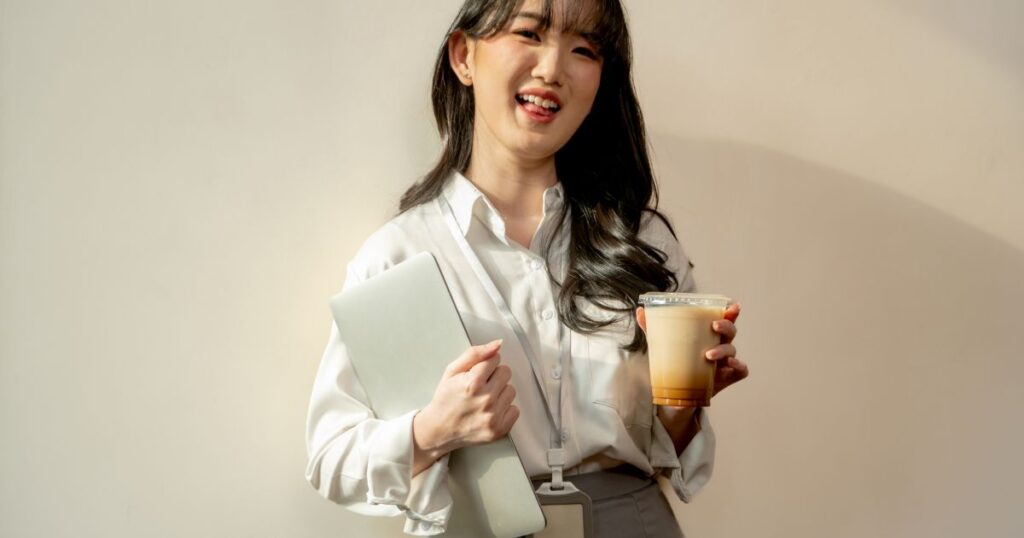
Example: In South Korea, the “corset-free” movement has gained traction among young women who are rejecting extreme beauty rituals, from cosmetic surgeries to restrictive diets. Their protest is not just about health; it’s about reclaiming time, money, and mental space from industries that profit off their insecurity.
Recommended Read
5. The Psychological Toll
Living under constant surveillance — both social and self-imposed — erodes mental health. Studies show that women who internalize beauty standards are more likely to experience depression, anxiety, and eating disorders. The omnipresence of social media intensifies this, as platforms reward heavily edited and filtered images, setting unrealistic expectations that even influencers themselves cannot meet without digital manipulation.
This constant comparison creates a feedback loop of inadequacy. A woman who feels she falls short of beauty ideals may experience “appearance-based discrimination” in the workplace, in dating, and even in healthcare, where studies show that doctors take the pain of overweight women less seriously.
6. Resistance and Reclamation
While beauty standards are powerful, they are not unshakable. Movements like body positivity, body neutrality, and inclusive beauty campaigns are slowly expanding the definition of what is acceptable — though even these can be co-opted by corporations for profit.
Grassroots activism remains one of the most effective forces for change. Indigenous women reclaiming traditional hairstyles, plus-size influencers refusing to hide their bodies, and women of color promoting skincare that celebrates rather than erases their natural tones are all acts of defiance against an industry that thrives on conformity.
The real liberation comes not from rejecting beauty entirely, but from reclaiming it on one’s own terms — where beauty is an option, not an obligation.
Final Thought
Beauty, in its purest form, should be about self-expression and joy. But when it is dictated by profit, politics, and patriarchy, it becomes something else entirely: a system of control. Recognizing this is the first step in disarming it.
Until beauty is decoupled from worth, women will continue to bear the cost — financially, emotionally, and politically. The question we must keep asking is not “Am I beautiful?” but “Who benefits from me believing I’m not?”
